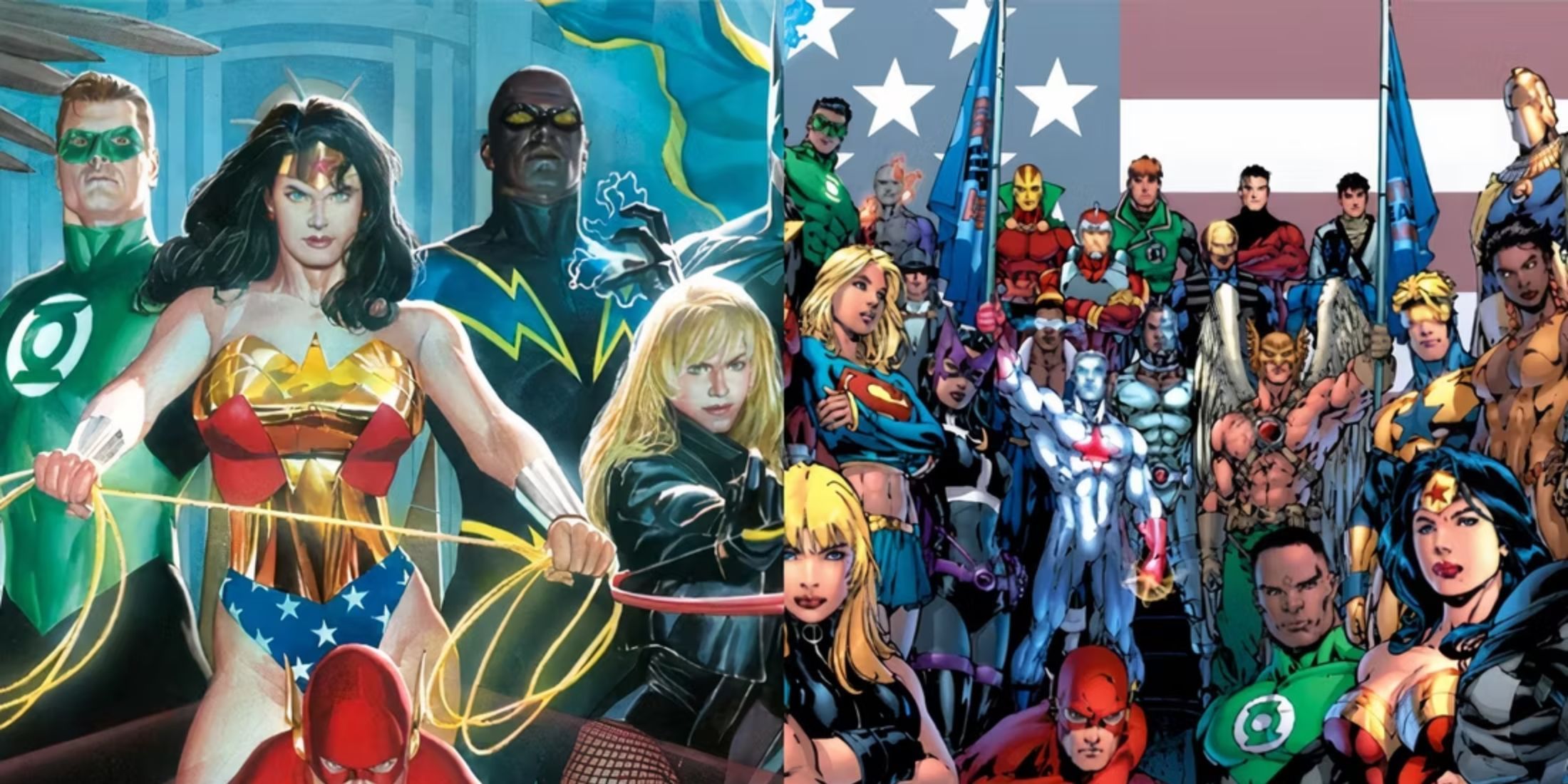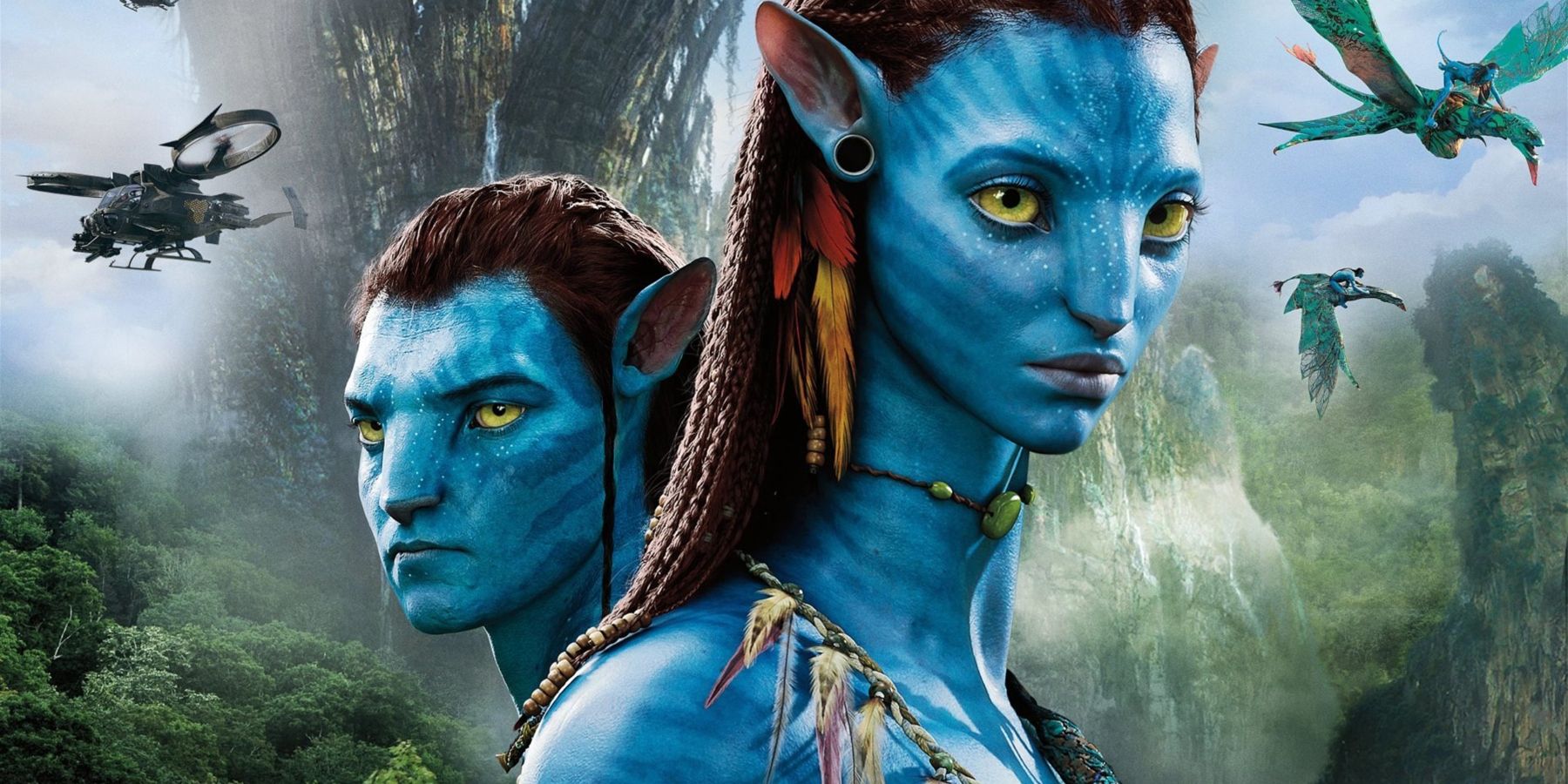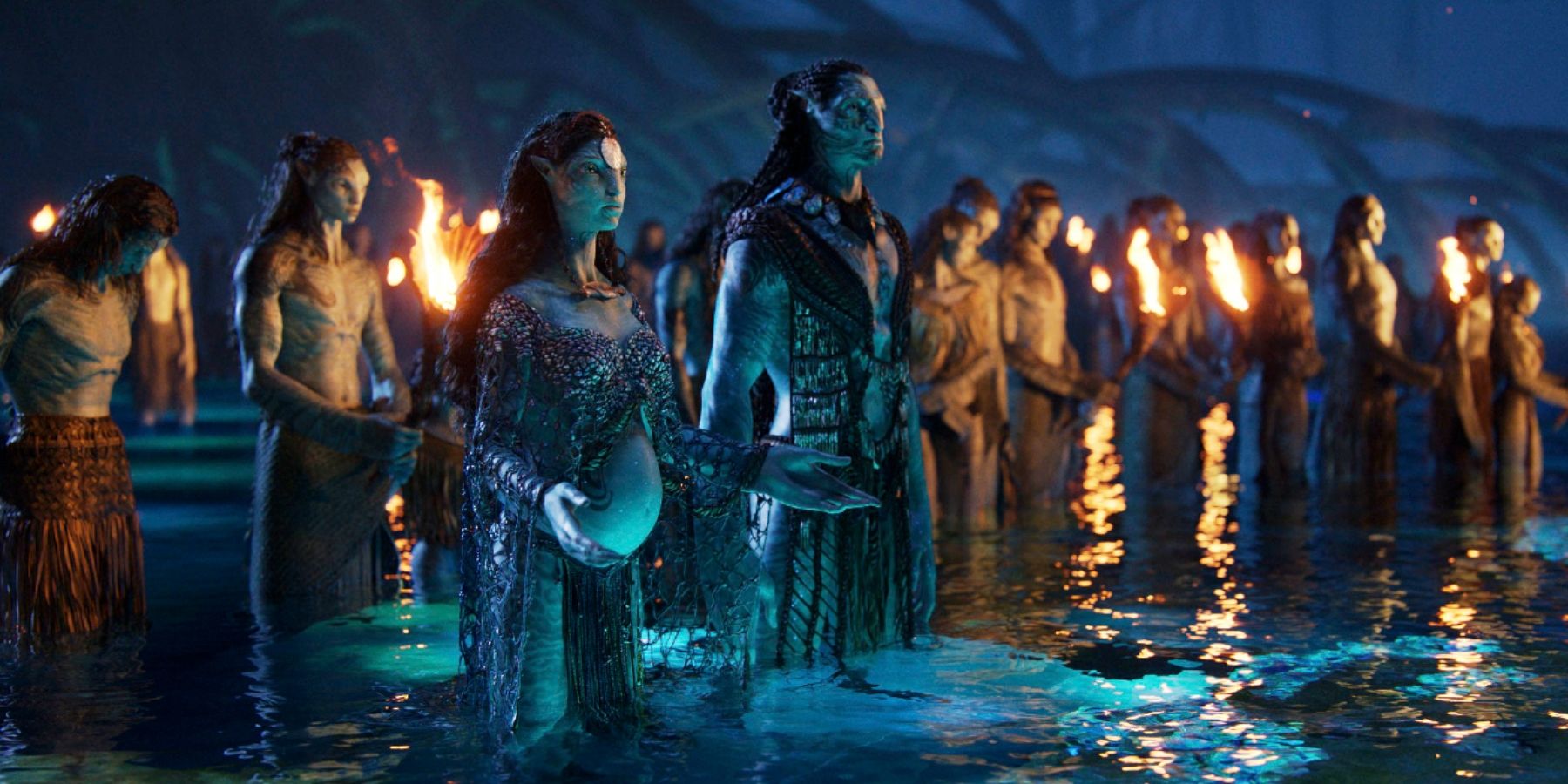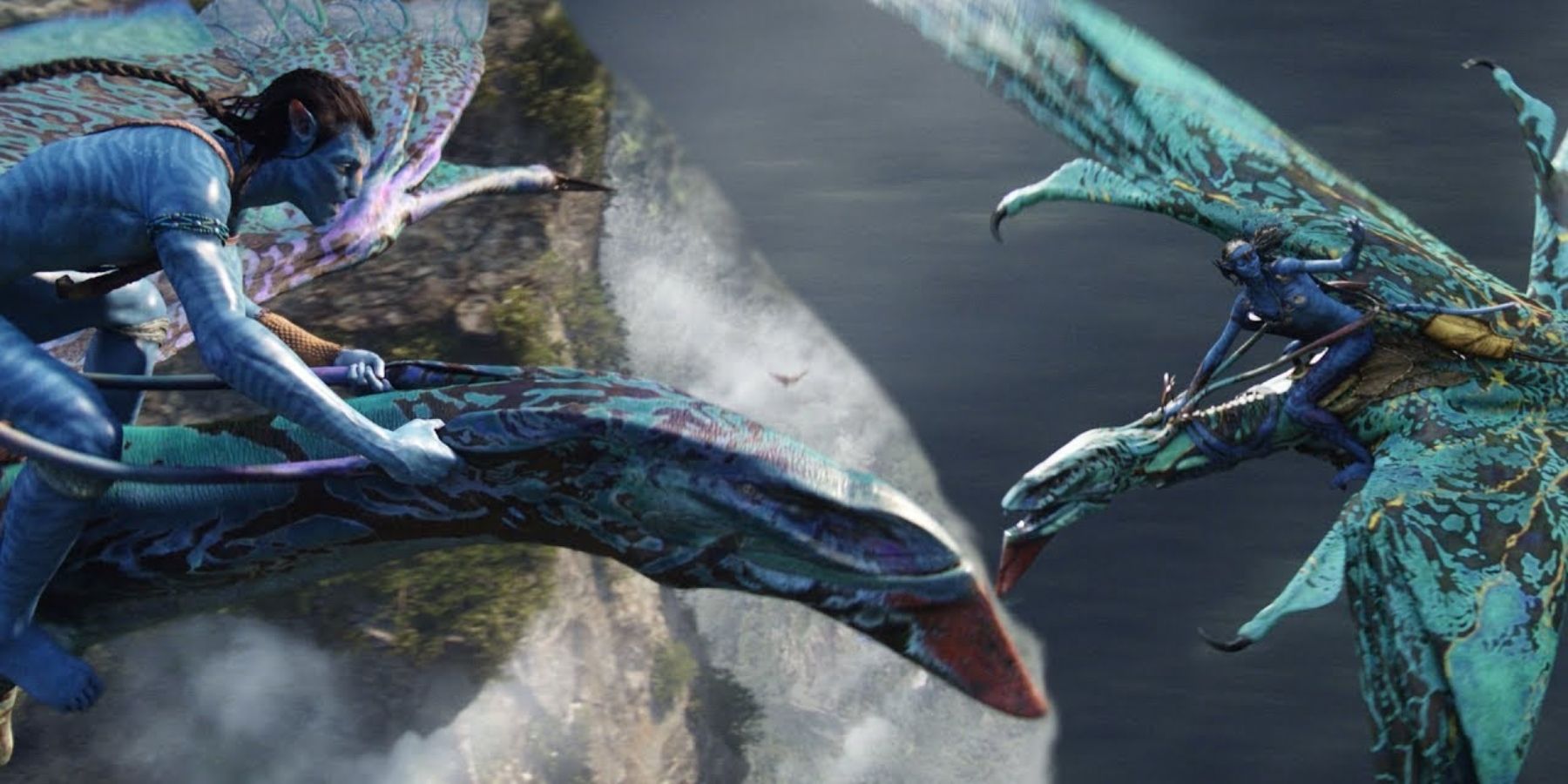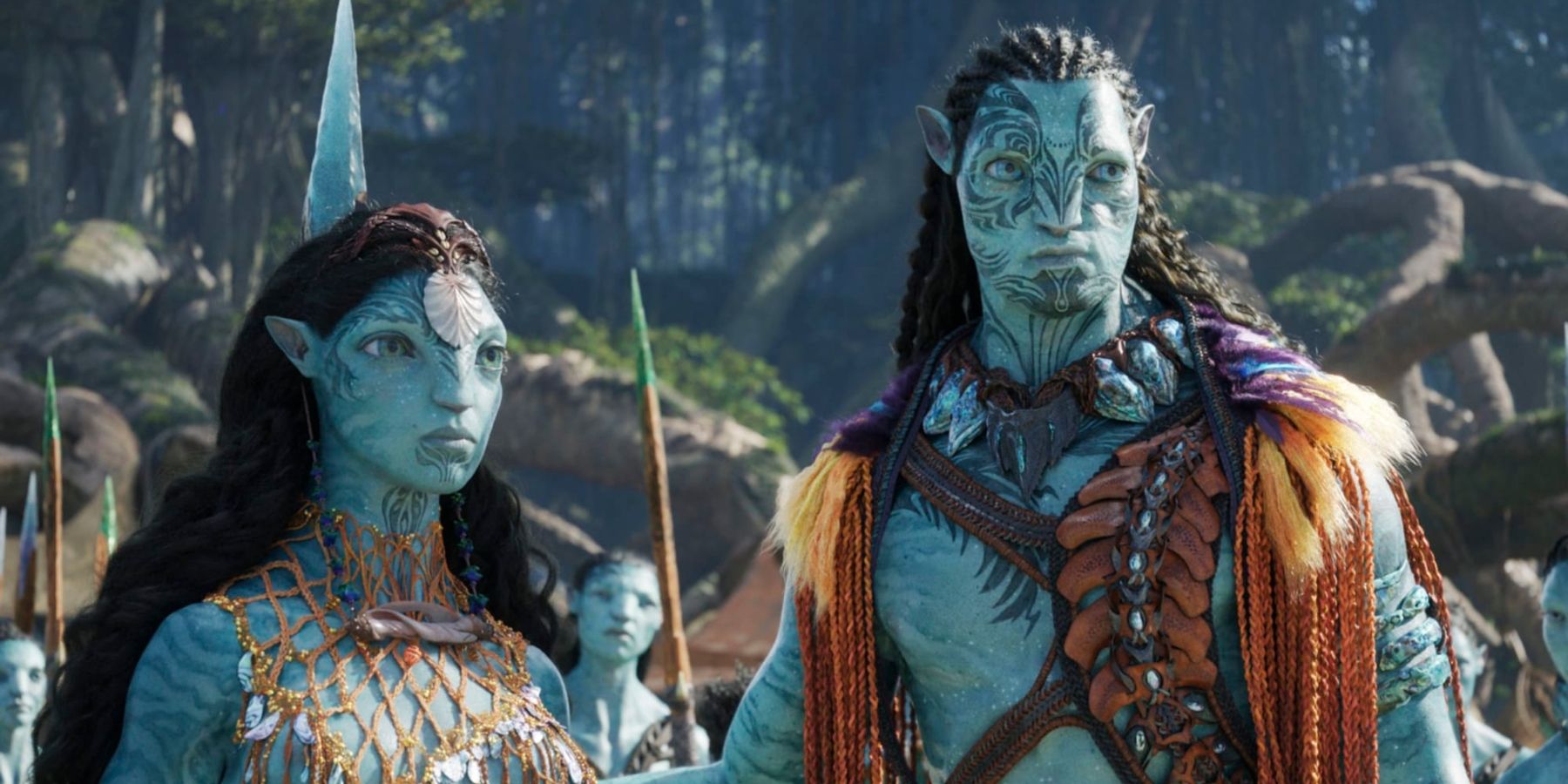The significant gap between the first and second Avatar films is undeniably a pretty big one, which is only made clearer by the fact that the sequel will be in 3D like the first. Because of this decision, many fans are concerned that it might mean that the sequel’s storyline may not be enough to pull in viewers, and so makers are relying on the 3D experience.
While 3D elements have, for the most part, fallen out of style, the graphic effects that it added to the first film are one of the things that viewers had raved about from the movie. It’s clear that the addition of 3D helped to draw people to theaters to see the first film. However, there’s no reason at this point to write the sequel off because of these concerns with its use of 3D.
Again, 3D was pretty popular in general in the 2000s, but it added something to the Avatar film that it didn’t necessarily bring to other movies that used it. Avatar is a film that explores an entirely new world, with new creatures and beings. Because of this, the 3D feature makes the world feel more immersive. Audiences are more easily able to connect with the wonder and emotions that the protagonist feels as he enters this new world. By feeling like we are a part of it through the 3D, we also come to be impressed with the world. As a result, viewers can better understand how he came to fall in love with this alien world and reject his own species to protect it.
In fact, the concept of a person turning their back on their species, to protect an alien species would probably have been a hard sell if the audience wasn’t able to connect to the world the same way. By making the experience as immersive as possible, viewers not only get the feeling that they're visiting a new world, but we also get to view the world as close as we can to how the main character does. Allowing viewers to properly connect to the content and characters is a powerful way to illustrate the theme that they all represent. In the Avatar films, the theme revolves around respect: respecting others, even if you don’t understand them, and respecting the planet that sustains life.
These points of compassion and standing up for what’s right are essentially what drives every detail in these films, and the 3D graphics are no different in that way. Further, fans that feel drawn to the films simply for their stunning graphics, are missing the entire point . The visuals are certainly a big perk of the films and are probably one of the details that most set them apart from other movies that follow similar themes. However, they’re not meant to be the primary focus.
Though the second Avatar movie may have a different view for scenery, it’s still centered around reflecting the world of the Na’vi. The original movie introduces the entirety of the world: the way the Na’vi people live, the creatures they live among, and the plants and other natural resources that sustain them and that they protect. However, the sequel seems to often be set on water, a detail of the world that hasn’t been explored much. In part, the shift of scenery creates a new, fresh twist for the storyline, as it follows a similar theme.
What's more, the setting reflects our world and our problems, just as the first film did and just as all good science fiction does. The point of interest in the first film was the tree that sustains the Na’vi people. By using this as the focus, the message reflected shines a light on similar environmental and humanitarian problems in our own world. In particular, it seems to mirror deforestation, as well as the circumstances of oil companies sacrificing the environments of indigenous communities in order to place new pipelines. The sequel being set on the water will surely highlight the many threats humans have created for our oceans and the life within them. The inclusion of 3D makes the world feel more life-like, and thus, more like our own.
This all said, it’s likely that the inclusion of 3D in the Avatar sequel is aimed at creating the ideal viewing circumstance to evoke the emotional responses that will help viewers understand the themes. There are certainly plenty of movies that wove in 3D graphics but then had dull storylines — or more likely, storylines that the 3D effects don’t contribute to. 3D is only really successful if the effects highlight the story, rather than carry it.
Considering all the thought that went into designing the Na’vi people and the world that they call home, it’s unlikely that the use of 3D in the film was meant to make up for a weak storyline. While the way that the first Avatar movie used 3D was effective, it isn’t meant to be the greatest takeaway that viewers have from the movie. That point, paired with the significant gap between the new film and the last, seem to be more than enough evidence that the original movie, and its sequel, are quality films, whether watched in 3D or not.

